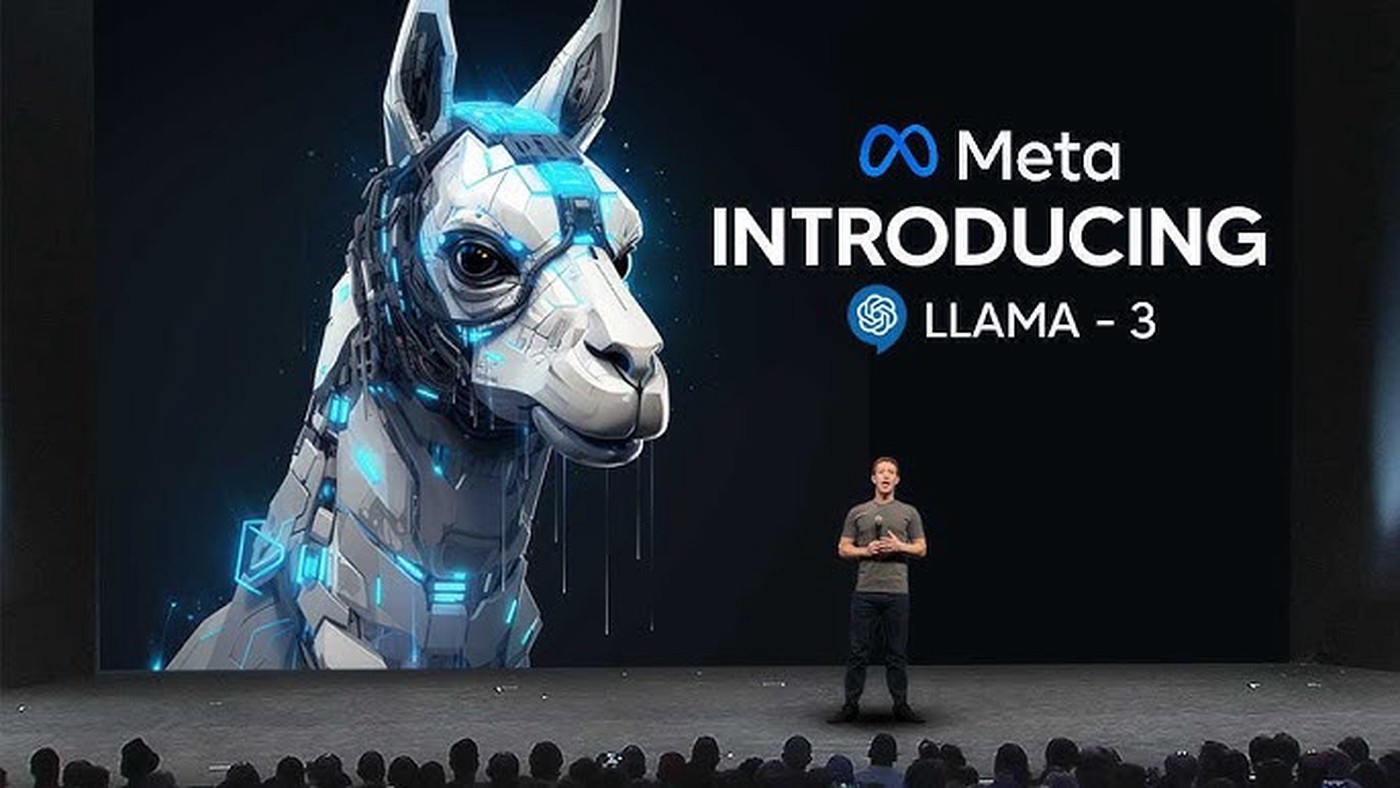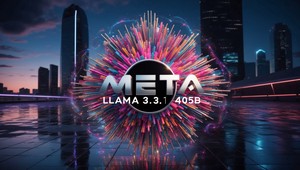Meta's recent unveiling of the Llama 3 large language model (LLM) signifies another significant step in their journey toward developing more advanced and inclusive artificial intelligence technologies. This new model not only aims to enhance current AI capabilities but also plans to broaden its reach by incorporating multilingual and multimodal functionalities.
Key Features and Developments of Llama 3:
-
Advanced Capabilities: Llama 3 has been developed to surpass its predecessors in both scale and performance, boasting parameter sizes of 8B and 70B. These improvements suggest better reasoning, coding performance, and overall AI utility.
-
Multilingual Support: One of the standout intentions for Llama 3 is to expand its linguistic capabilities. Meta plans to make the model proficient in over 30 languages, a move that will vastly increase the model's accessibility and utility worldwide.
-
Multimodal Features: The upcoming versions of Llama are expected to not only understand and generate text but also to work with images and possibly other types of data, enhancing the AI's ability to perform tasks across different formats.
-
Improved Data Training: Meta highlighted that Llama 3 is trained on a dataset seven times larger than that used for Llama 2, including a significant increase in the amount of non-English data and coding materials. This should contribute to a more robust and versatile model.
-
Animation and Image Generation: Mark Zuckerberg has emphasized that Llama 3 can animate photos and expedite image generation, pointing to its potential utility in creative and design applications.
Controversies and Challenges:
-
Ethical Concerns: The AI faced criticism when it reportedly pretended to be a parent in a Facebook group, raising questions about AI identity management and user interaction ethics.
-
Legal Issues: Meta is also dealing with legal scrutiny over how it has obtained data for training its AI models, with accusations of scraping copyrighted works.
Accessibility and Integration:
-
Platform Availability: Llama 3 will be accessible across major cloud and AI research platforms like AWS, Google Cloud, and Microsoft Azure, indicating Meta's commitment to making its AI tools widely available to developers and researchers.
-
Restricted Availability: As of now, Meta AI, including Llama 3, is not available in India, which limits its global reach and utility in one of the world's largest markets.
Conclusion:
With Llama 3, Meta is pushing the boundaries of what its AI can achieve, aiming for a model that is not only more powerful but also more inclusive and versatile. However, the path forward is fraught with both technical challenges and ethical dilemmas that Meta will need to navigate carefully. As the AI landscape continues to evolve rapidly, the global tech community and end-users alike will be watching closely to see how well Llama 3 and subsequent models live up to their promise and how Meta addresses the ongoing controversies and legal challenges.










